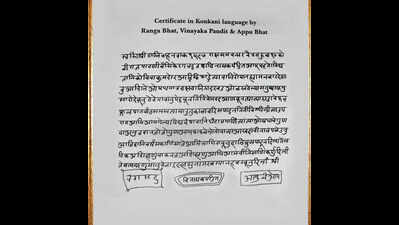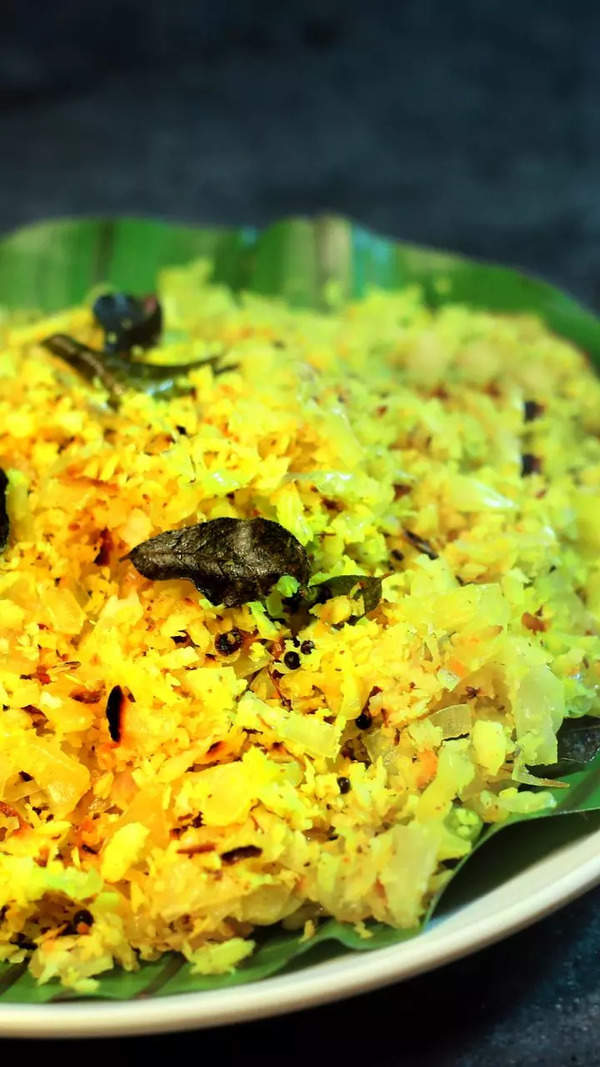- News
- Mangaluru museum to spotlight Konkani vaidyas who shaped ancient botany
Mangaluru museum to spotlight Konkani vaidyas who shaped ancient botany
Mangaluru: The Mahatma Gandhi Museum of Canara Educational Institutions here is bringing long-overdue recognition to three traditional Konkani vaidyas (botanical experts), whose deep knowledge of medicinal plants shaped one of the earliest botanical texts, ‘Hortus Indicus Malabaricus' (Garden of Malabar in India) about 350 years ago.
Payyanur Ramesh Pai, director of the museum told TOI that the museum has displayed a copy of a rare testimonial in Konkani (written in Devanagari script), dated April 20, 1675. This document, authored by Vaidyas Appu Bhat, Ranga Bhat and Vinayak Pandit, was included in the first volume of the 12-part Latin treatise. While there was Itty Achuthan, a Malayali Vaidya, and Fr Mattheus, a Christian priest, who also contributed to the project, the latter left midway, he said.
The Konkani Vaidyas played a pivotal role in procuring the plants and identifying, and sharing the medicinal properties of plants native to Malabar, the present-day West Coast, a region abundant in herbal diversity. Pai said this project was initiated by the Dutch Commodore Henrik Van Rheede during his tenure in Kochi.
Hortus became a remarkable collaboration of the native physicians - from both upper and lower caste experts. European botanists were yet to standardise botanical names of plant names when the Indian scholars documented the medicinal herbs. It catalogued over 742 plants with 794 illustrations. Each plant name is given in four languages—Latin, Malayalam, Arabic, and Konkani—making it the first such exhaustive record. When the first volume was published in Amsterdam in 1678, it was the first instance of block printing in Malayalam and Konkani, pioneering among the Indian languages, explained Pai.
It is believed that each plant specimen was collected, labelled with its medicinal uses, and shipped to Amsterdam for further research, as Rheede was promoted and transferred to Batavia.
Vinayak Pandit, is believed to have been well-versed in Portuguese. Each of the 12 volumes of Hortus contains introductions and narration as to producing medicines from which part of a herb. Notably, out of the 794 copper engravings of 742 plants, 634 plant names are furnished in the Konkani language, which used to be called Lingua Antiqua Bramanica (Ancient Language of the Brahmans). To commemorate the 350th anniversary of the testimonials, the museum plans to hold awareness programmes celebrating the lasting contributions of these Vaidyas to global herbal medicine.
Pai said out of an estimated 15,000 plant species in India at present, approximately 1,768 are used in ayurveda, 112 in siddha, and 751 in unani medicine. Nearly 8,000 varieties find their way into medicinal formulations.
End of Article
FOLLOW US ON SOCIAL MEDIA










